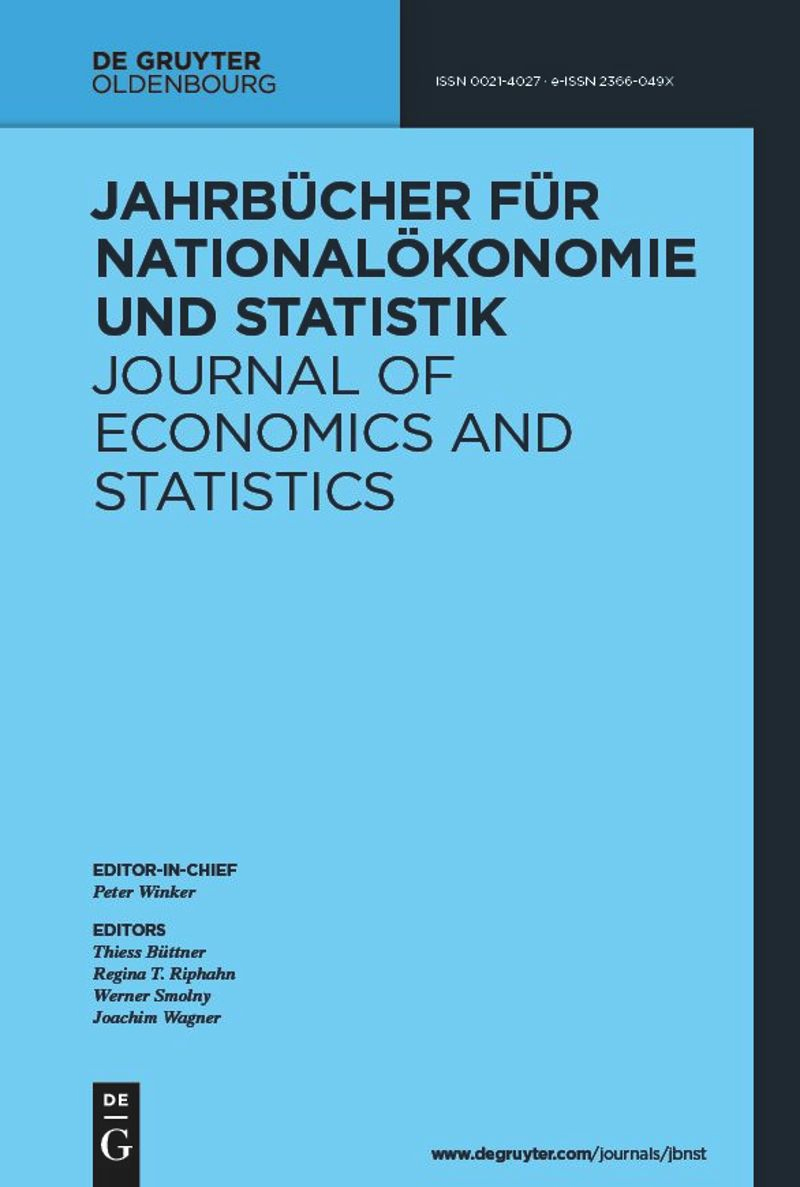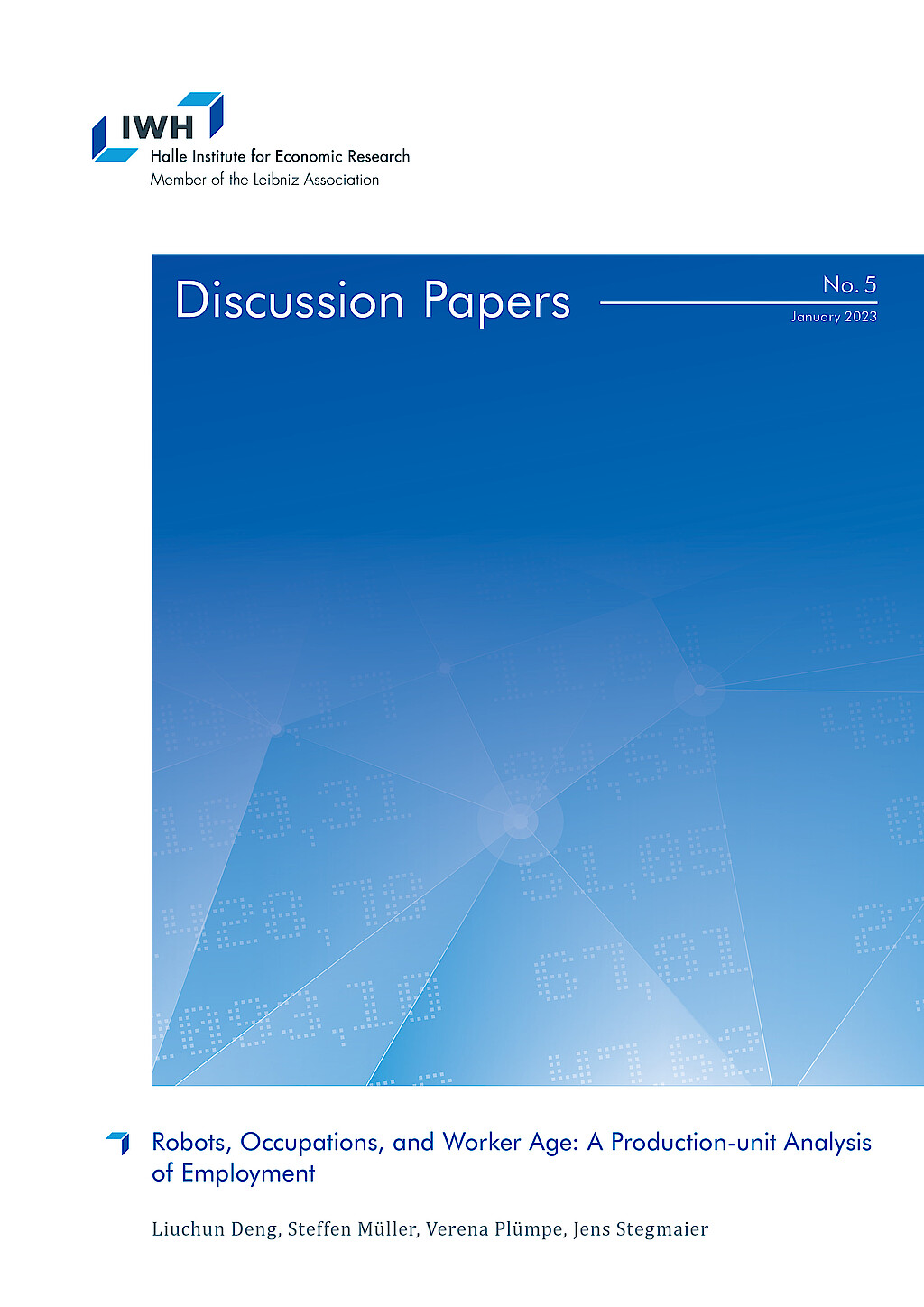Dr. Verena Plümpe

Aktuelle Position
seit 1/25
Wissenschaftliche Mitarbeiterin im Zentrum für Firmen- und Produktivitätsdynamik (IWH-CBPD)
Leibniz-Institut für Wirtschaftsforschung Halle (IWH)
Forschungsschwerpunkte
- technologischer Wandel
- empirische Arbeitsmarktökonomik
- empirische Produktivitätsforschung
- Strukturwandel
Verena Plümpe ist seit 2019 am IWH tätig und seit Januar 2025 wissenschaftliche Mitarbeiterin im Zentrum für Firmen- und Produktivitätsdynamik (IWH-CBPD). Sie forscht zu den Themen technologischer Wandel und Arbeitsmärkte, empirische Arbeitsmarktökonomik, empirische Produktivitätsforschung und Strukturwandel.
Verena Plümpe studierte an der Humboldt-Universität zu Berlin sowie an der Universität Leipzig. Sie promovierte an der Otto-von-Guericke-Universität in Magdeburg.







